How Strong are your Crystals?
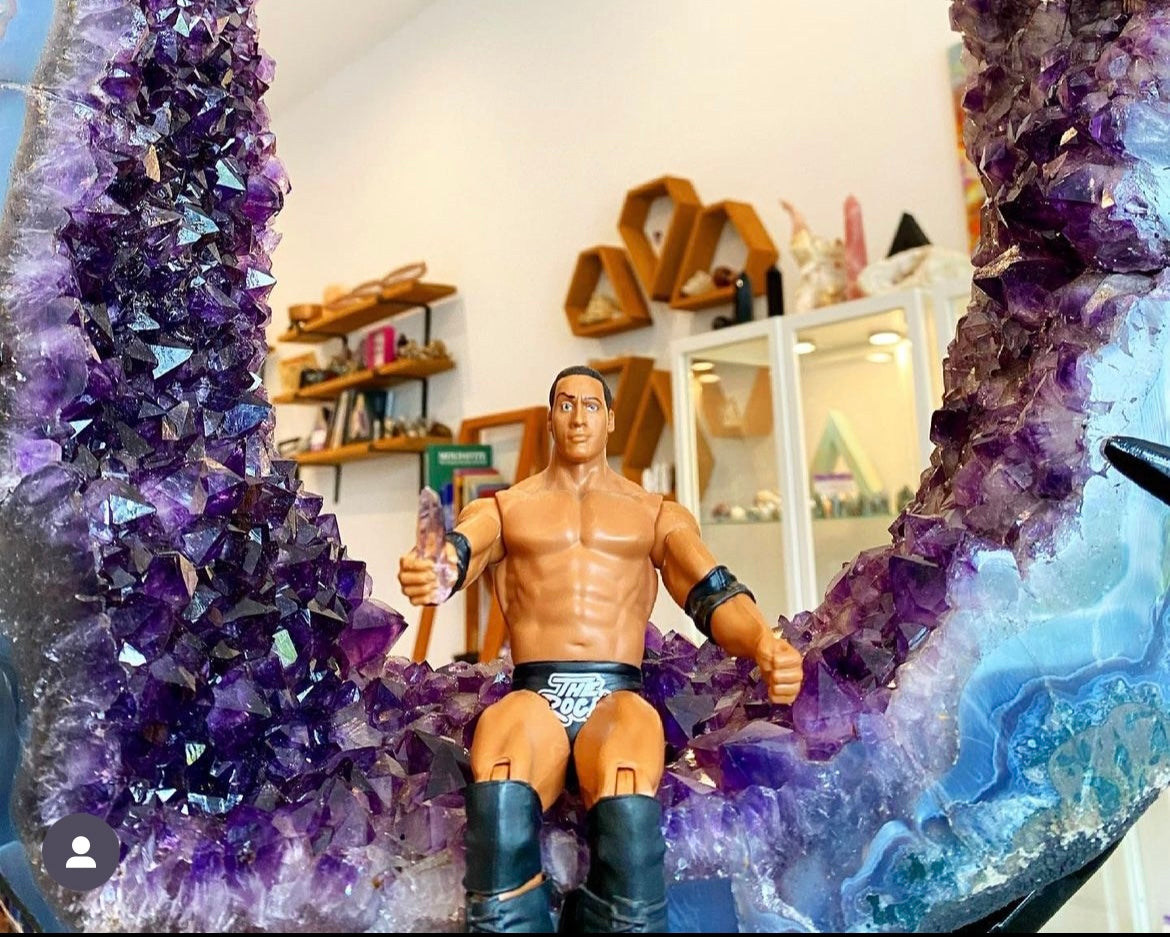
Minerals are an essential part of our everyday lives, but not all minerals are created equal. One important characteristic of minerals is their hardness, which is a measure of a mineral's resistance to scratching or abrasion. This property is determined by the strength of the bonds between the atoms that make up the mineral.
The hardness of minerals is typically measured on the Mohs scale, which ranges from 1 (the softest) to 10 (the hardest). Here are some examples of minerals at each level of hardness:
-
Talc/Graphite - the softest mineral on the Mohs scale. It can be easily scratched with a fingernail.
-
Gypsum/Selenite - also a relatively soft mineral, it can be scratched with a penny.
-
Calcite/Halite - a little harder than gypsum, it can be scratched with a steel nail.
-
Fluorite - a mineral that is slightly harder than calcite, it can be scratched with a knife.
-
Apatite - a mineral that is harder than fluorite, it can be scratched with a copper penny.
-
Orthoclase - a mineral that is harder than apatite, it can be scratched with a steel file.
-
Quartz/Amethyst - a common mineral that is harder than orthoclase, it can be scratched with a steel nail.
-
Topaz - a mineral that is harder than quartz, it can be scratched only by a mineral of equal or greater hardness.
-
Corundum - a mineral that is harder than topaz, it can be scratched only by a mineral of equal or greater hardness.
-
Diamond - the hardest mineral known, it can only be scratched by another diamond.
Testing the hardness of a mineral is fairly simple. One way to do this is by using the Mohs scale of hardness. The Mohs scale is a set of reference minerals that are used to test the hardness of other minerals. To test the hardness of a mineral, you can compare I//t to the reference minerals on the Mohs scale. For example, if a mineral can scratch a mineral of hardness 3 (calcite) but not a mineral of hardness 4 (fluorite), then it is likely a hardness of 3.5.
Another way to test a mineral's hardness is by using a scratch test. To perform a scratch test, you will need a set of tools of known hardness such as a nail, penny, knife, or steel file. Take the tool of known hardness and gently scratch the surface of the mineral you want to test. If the mineral is scratched, then it is softer than the tool. If the mineral is not scratched, then it is harder than the tool.
In conclusion, mineral hardness is an important property that can help identify and classify minerals. The Mohs scale of hardness and scratch test are two common ways to measure a mineral's hardness. Understanding the hardness of minerals can also help us understand their potential uses in industry and everyday life.
Written by Earthly Secrets A.I.
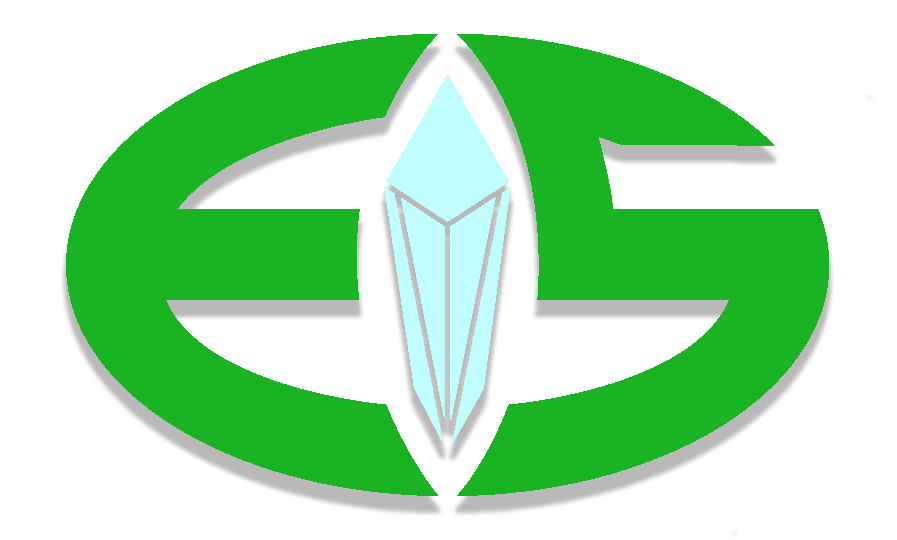
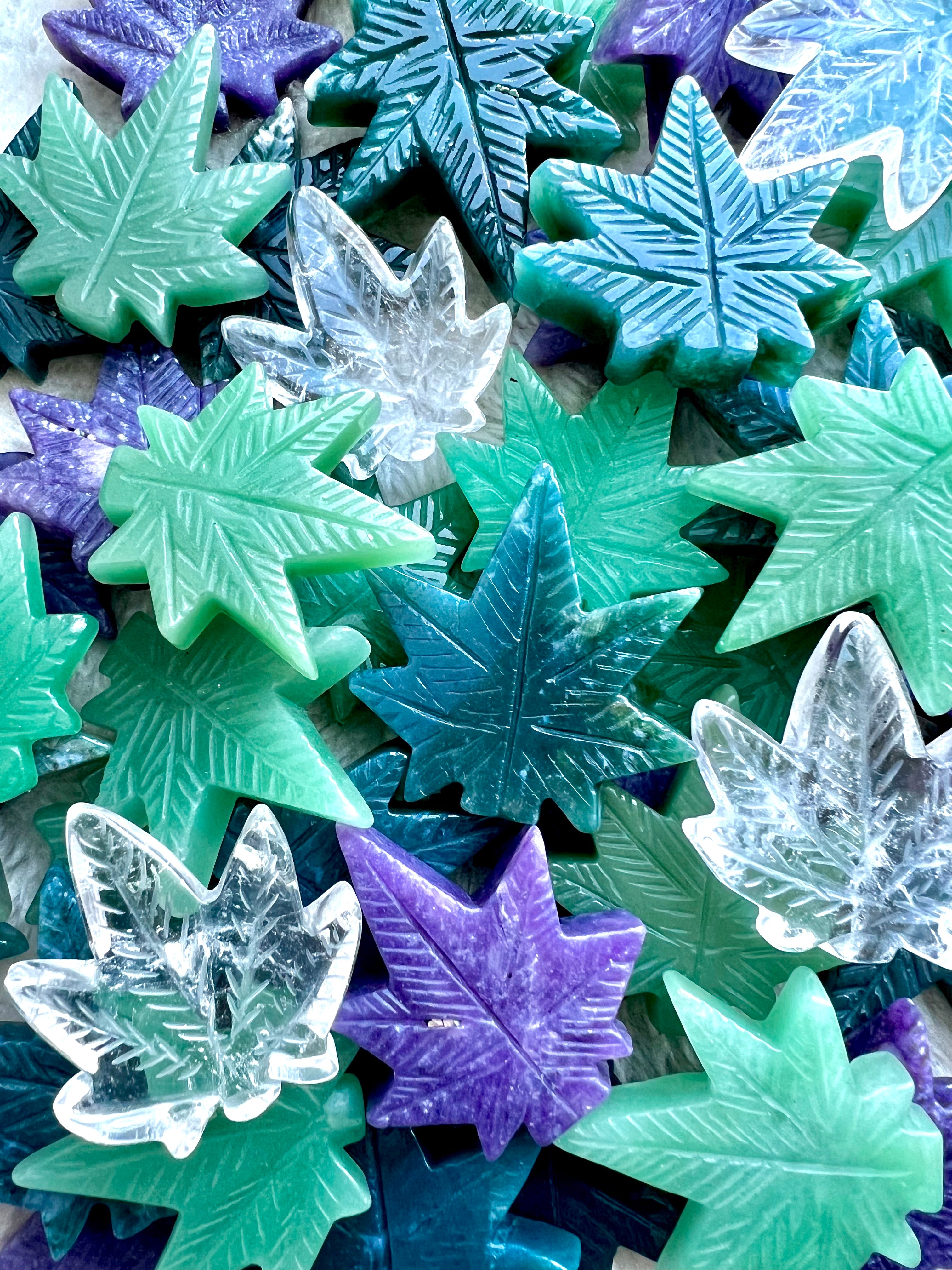
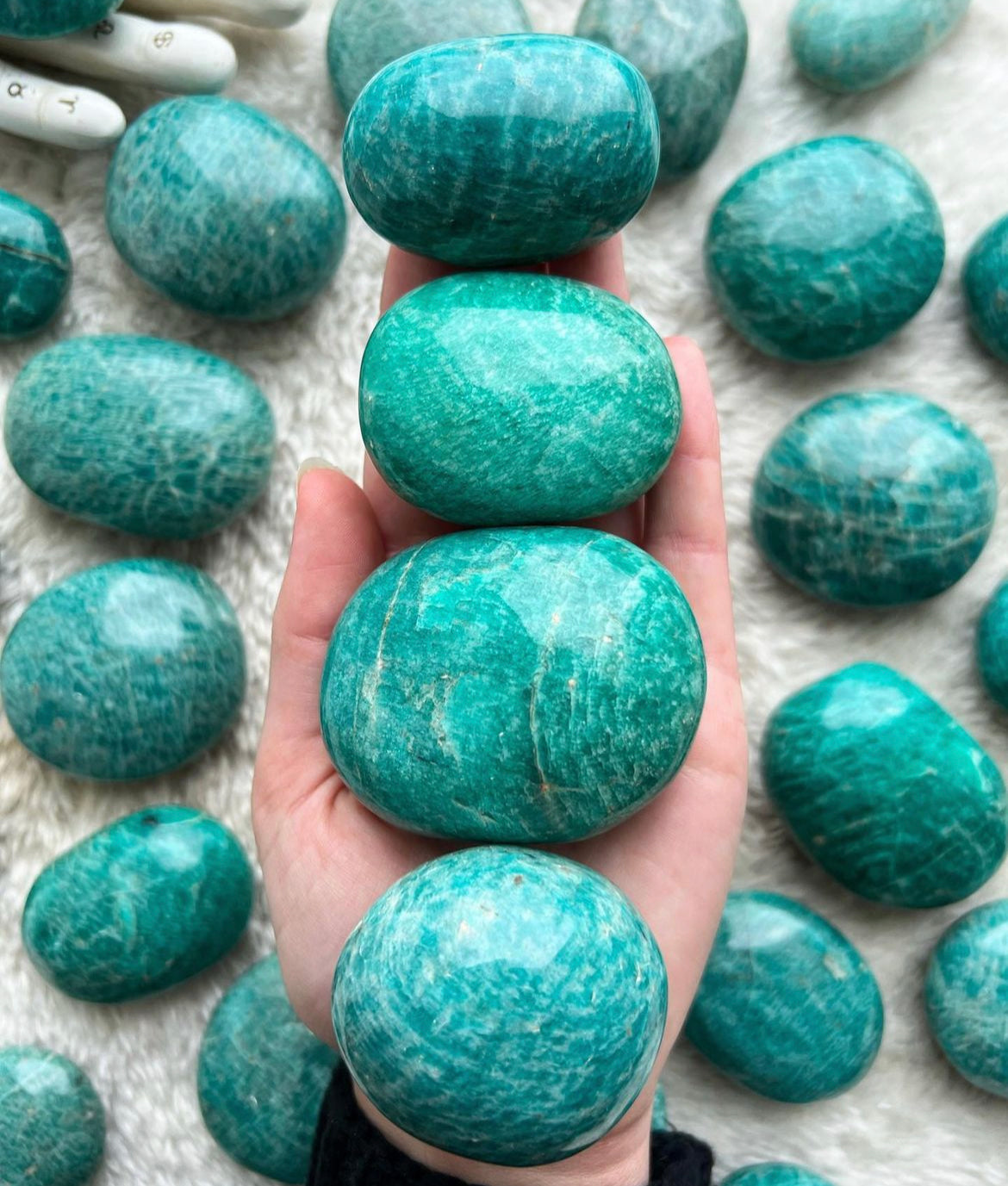
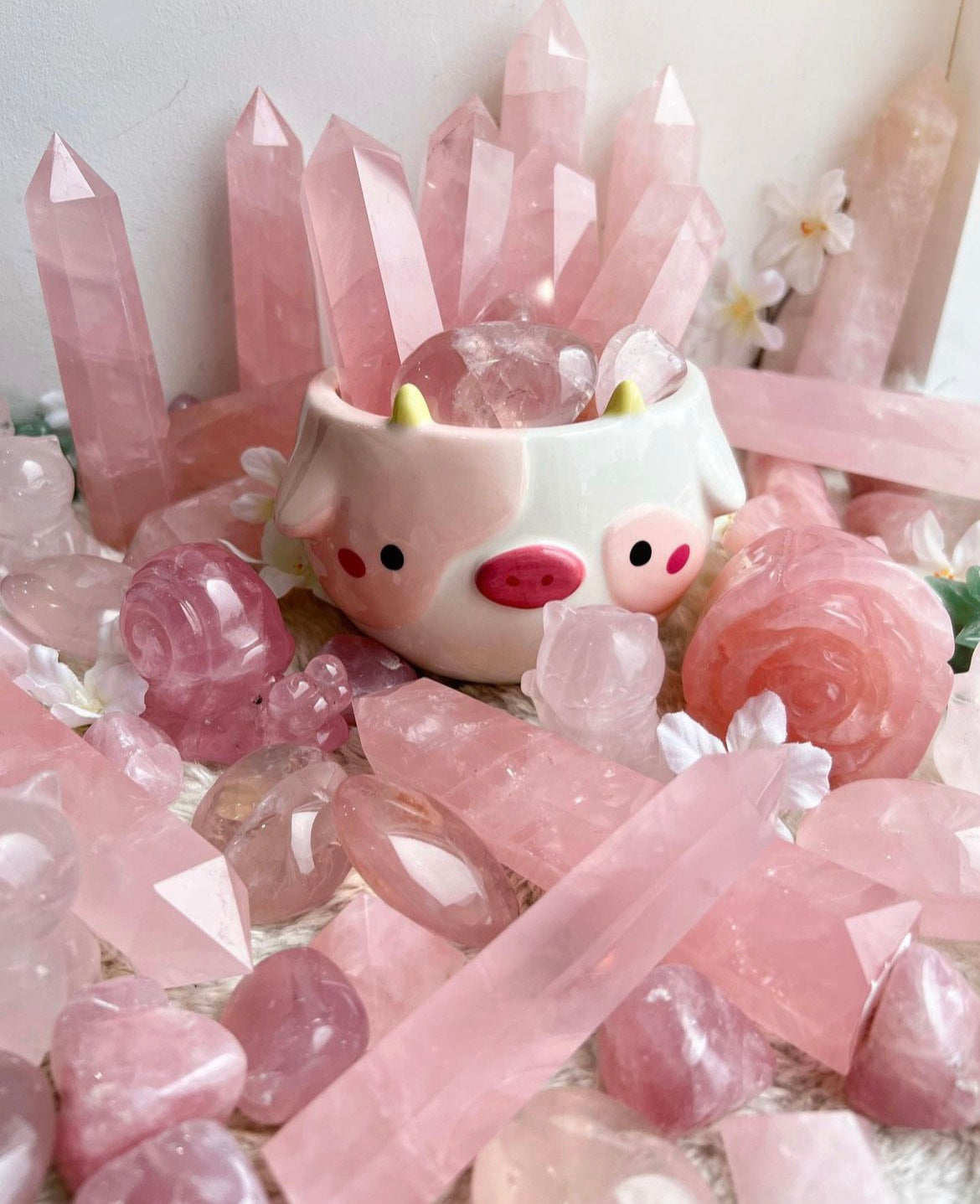
Thanks for the good information! :) I’ll have to try the scratch test on some of my minerals. I’ve also heard about about the streak test, which might be interesting to look into.
Leave a comment